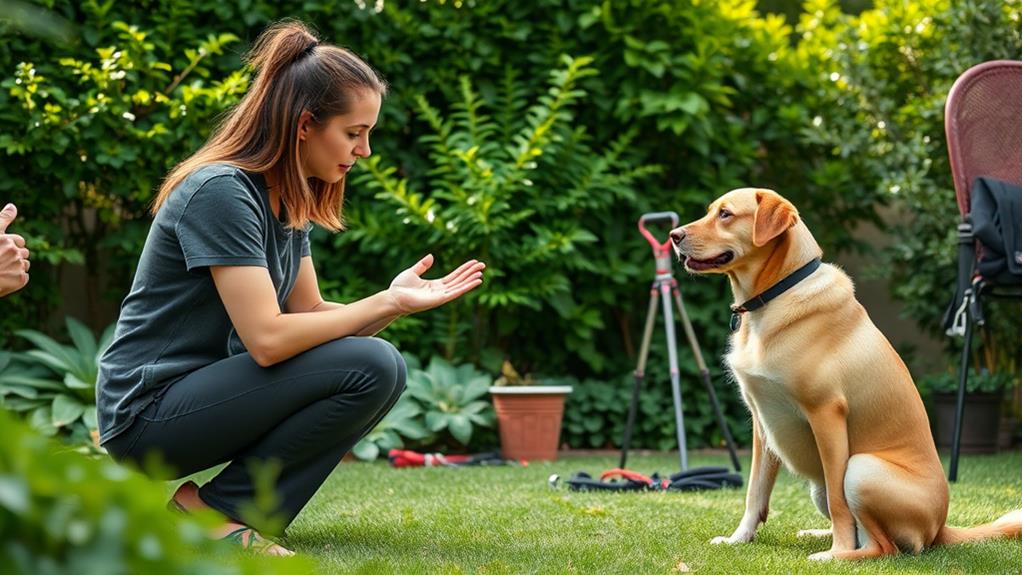To curb excessive barking, start by identifying the cause. Observe when and why your dog barks, and consider their environment and needs. Next, establish a consistent training routine with short sessions. Use positive reinforcement to reward quiet behavior and teach the "Quiet" command. Redirect your dog's attention when triggers arise, using toys or engaging activities. Socialize your dog by exposing them to new environments and experiences. In conclusion, monitor progress and adjust your approach as needed. With these steps, you'll create a calmer atmosphere for both you and your dog. Explore further tips to enhance your training journey.
Identify the Cause of Barking
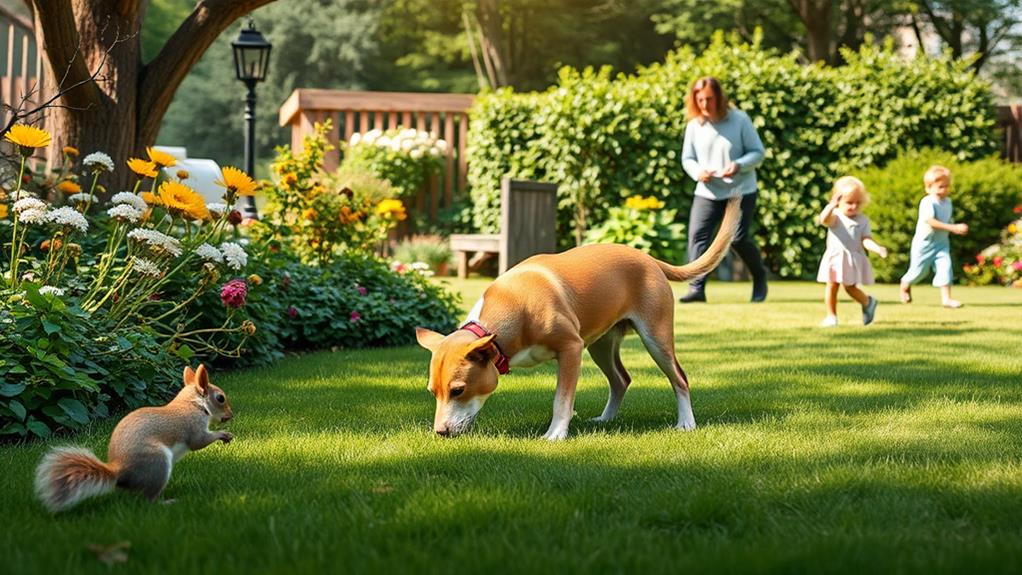
To tackle excessive barking, you first need to identify its cause. Dogs bark for various reasons, so understanding your dog's motivations is essential. Start by observing when and why your dog barks. Is it triggered by strangers, other animals, or specific noises? Take note of these patterns; they'll help you pinpoint the issue.
Next, consider your dog's environment. Is there a lot of external stimulation, like passing cars or people? These distractions can lead to increased barking. Also, think about your dog's socialization. A lack of exposure to different situations can cause anxiety and barking as a response.
You should also assess your dog's physical needs. Sometimes, excessive barking signals boredom or pent-up energy. Make sure your dog gets enough exercise and mental stimulation daily.
Lastly, check for any health issues. If the barking seems unusual or excessive, consult your veterinarian to rule out any underlying medical concerns. Identifying the cause of your dog's barking is the first step toward effective training and a more peaceful home environment. Once you understand why your dog barks, you can move forward with solutions tailored to their specific needs.
Establish a Training Routine
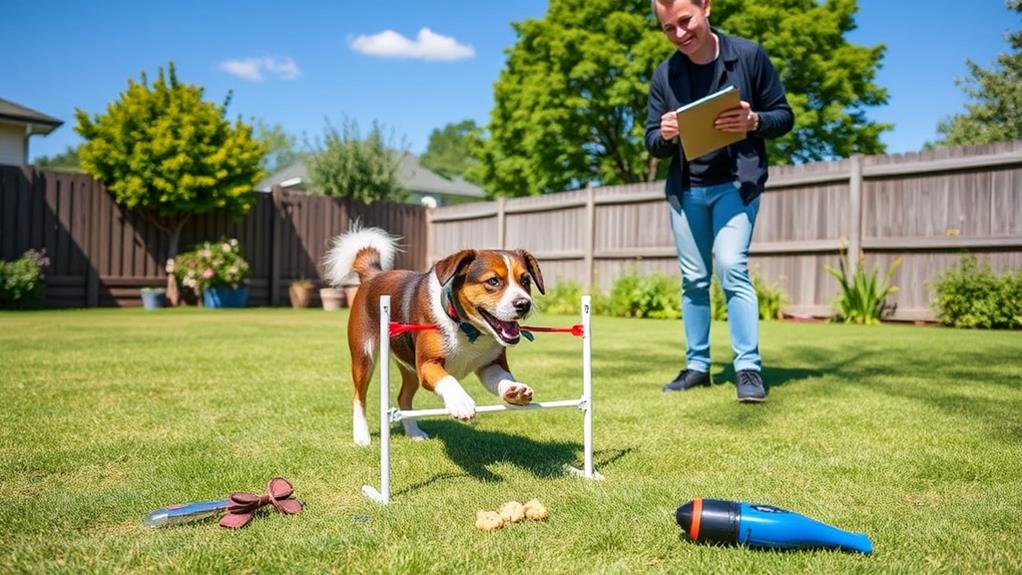
Once you've identified the cause of your dog's barking, establishing a consistent training routine is the next step. A structured approach helps reinforce desired behaviors while addressing the barking issue effectively.
Here's how you can create that routine:
- Set a Schedule: Choose specific times each day for training sessions. Consistency is key, so stick to your schedule as best as you can.
- Keep Sessions Short: Aim for 5-10 minute training sessions. Dogs have short attention spans, and shorter sessions help maintain their focus and enthusiasm.
- Practice in Different Environments: Train in various settings, both inside and outside. This helps your dog generalize the commands and behaviors you're teaching, making them more effective in real-world situations.
- Track Progress: Keep a journal of your training sessions. Note any improvements or setbacks. This will give you insight into what's working and what needs adjustment.
Use Positive Reinforcement

When addressing excessive barking, using positive reinforcement can considerably enhance your training efforts. This method focuses on rewarding your dog for desired behaviors, rather than punishing them for unwanted ones.
When your dog barks excessively, it's crucial to remain calm and avoid negative reactions. Instead, pay attention to moments when your dog is quiet and reward them with treats, praise, or playtime.
Start by identifying the situations that trigger your dog's barking. Every time they stay quiet in those situations, immediately reinforce that behavior. This helps your dog associate silence with positive outcomes. Consistency is key, so it's important that everyone in your household is on board with this approach.
You might also consider using a clicker to mark the exact moment your dog is quiet. This method provides clear communication and reinforces good behavior effectively. Over time, your dog will learn that being quiet brings rewards, making them less likely to bark excessively.
Teach the "Quiet" Command

Teaching your dog the "Quiet" command can be a game changer in managing excessive barking. This command helps your dog understand when it's time to stop barking, making your home more peaceful.
To teach this command effectively, follow these steps:
- Choose a Cue: Select a word or phrase, like "Quiet," to signal your dog to stop barking. Consistency is key.
- Wait for Barking: Allow your dog to bark a few times. When they do, wait for a brief pause. This is your opportunity to step in.
- Use the Command: As soon as your dog stops barking, say the cue word "Quiet" in a calm, firm voice. Make sure they hear you clearly.
- Reward Immediately: Once your dog is quiet, praise them and offer a treat. This reinforces positive behavior and helps them associate the command with good things.
Repeat this process regularly, and soon your dog will learn to respond to the "Quiet" command. With patience and practice, you'll reduce excessive barking and create a calmer environment for everyone.
Redirect Attention Effectively
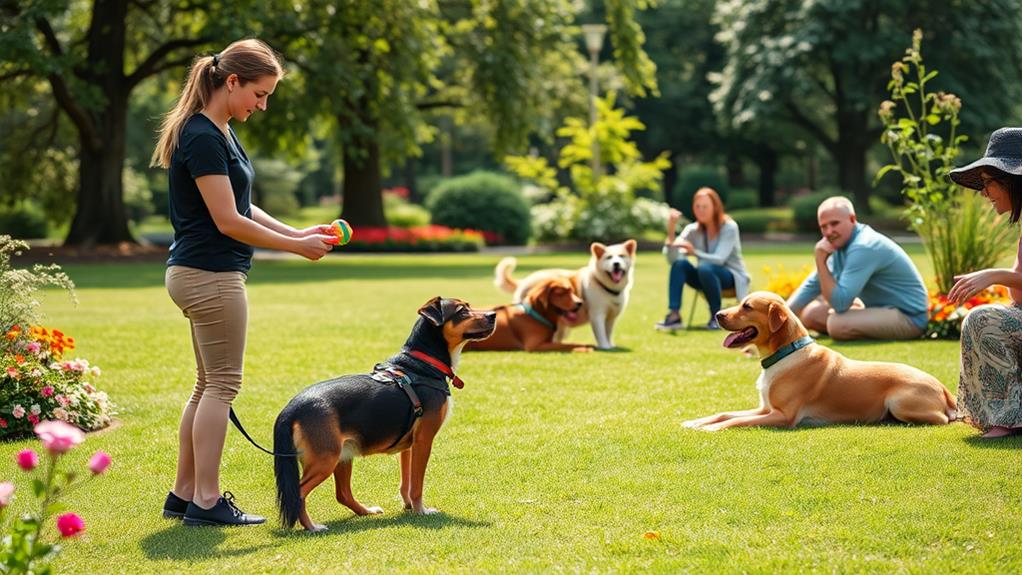
Many dogs bark excessively out of boredom or frustration, so redirecting their attention can be an effective strategy. When you notice your dog starting to bark, quickly identify the trigger. Whether it's a passing car, a neighbor, or an unexpected noise, your goal is to shift your dog's focus elsewhere.
Use toys, treats, or engaging activities to draw their attention. For instance, toss a favorite toy or offer a puzzle feeder that requires them to work for their food. These distractions not only divert their attention but also stimulate their minds, reducing the likelihood of barking.
You can also initiate a fun game of fetch or tug-of-war. By actively engaging your dog, you not only redirect their energy but also reinforce positive behaviors. Keep in mind, consistency is key. Whenever your dog barks at a trigger, consistently redirect their focus to the alternative activity you choose.
Additionally, practice this technique during quieter moments, so your dog learns to associate distractions with positive experiences. Over time, your dog will become more adept at shifting their focus, leading to less excessive barking and a happier, calmer companion.
Socialize Your Dog
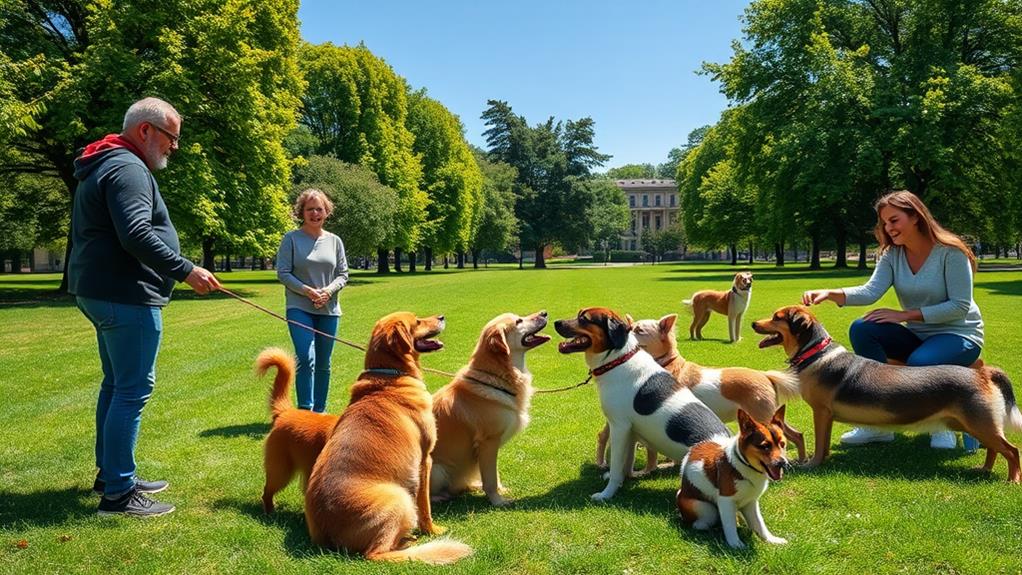
Socializing your dog is crucial for reducing excessive barking and fostering a well-adjusted pet. When your dog interacts with different people, animals, and environments, they become more comfortable in various situations. This comfort helps minimize their tendency to bark out of fear or anxiety.
Expose to New Environments: Take your dog to parks, pet-friendly stores, or busy streets. This helps them adapt to different sights, sounds, and smells.
Arrange Playdates: Set up meetings with other dogs. Positive interactions can teach your dog proper social cues and reduce aggressive barking.
Attend Training Classes: Enroll your dog in obedience or socialization classes. Professional trainers can guide you and your dog through structured interactions.
Use Positive Reinforcement: Reward your dog with treats and praise when they remain calm in new situations. This reinforces good behavior and encourages a relaxed demeanor.
Monitor Progress and Adjust
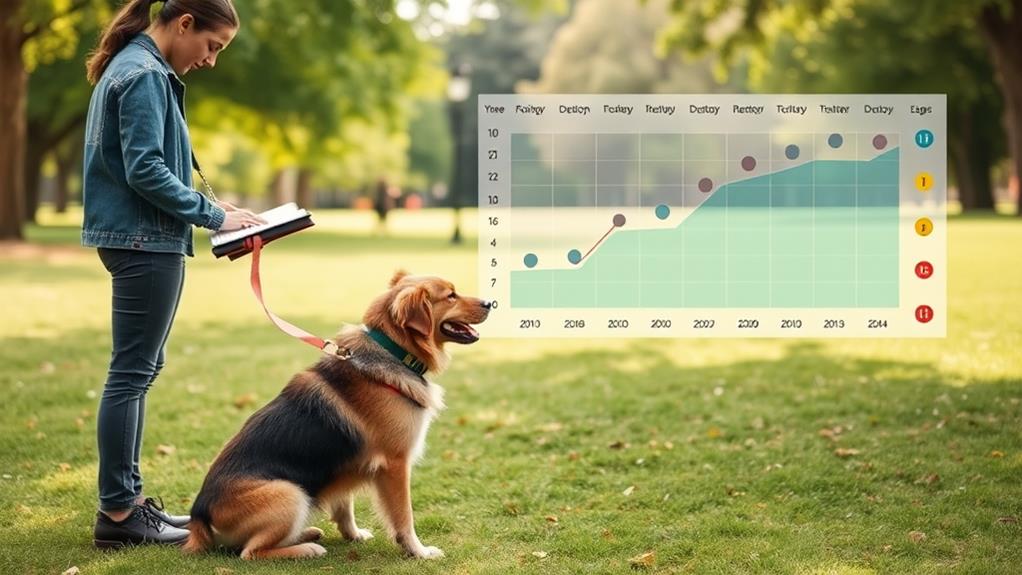
Monitoring your dog's progress is essential for effectively managing excessive barking. Keep a close watch on your dog's behavior during training sessions and in everyday situations. Take notes on when barking occurs, the triggers involved, and your dog's response to your training methods. This will help you identify patterns and adjust your approach as needed.
As you track your dog's progress, you may find that certain techniques work better than others. Don't hesitate to modify your training plan based on these observations. For instance, if a specific command isn't yielding results, try a different command or reinforce the current one with more positive reinforcement.
It's also indispensable to evaluate your dog's environment. If certain stimuli consistently provoke barking, consider minimizing exposure to those triggers. Adjusting your dog's routine, such as increasing exercise or mental stimulation, can make a significant difference.
Lastly, be patient. Progress may not always be linear, and setbacks can happen. Celebrate small victories along the way, and stay committed to the process. With consistent monitoring and adjustments, you'll be well on your way to curbing excessive barking and enjoying a more peaceful home.
Frequently Asked Questions
Can Excessive Barking Lead to Behavioral Issues in Dogs?
Yes, excessive barking can lead to behavioral issues in dogs. It may cause stress, anxiety, or frustration, impacting their overall well-being. You'll want to address this to guarantee a happier, healthier pet.
Is It Possible to Completely Eliminate Barking?
Did you know that dogs bark an average of 20 to 30 times a day? While you can't completely eliminate barking, you can manage and reduce excessive barking through consistent training and understanding your dog's needs.
What Age Should I Start Training My Dog to Stop Barking?
You should start training your dog to stop barking as early as eight weeks old. At this age, they're more receptive to learning. Consistent training helps instill good habits and reduces undesirable behaviors over time.
Are Certain Dog Breeds More Prone to Excessive Barking?
Imagine a chorus of barks echoing through your neighborhood. Certain breeds, like Beagles and Chihuahuas, tend to be more vocal. They've got strong instincts to communicate, so you might find them barking more often.
How Long Will It Take to See Results From Training?
You'll typically start seeing results from training within a few weeks, but consistency is key. Some dogs may respond faster, while others might take longer. Patience and regular practice will help you achieve success.
Conclusion
By following these seven steps, you can transform your dog from a relentless barker into a calm companion that rarely makes a peep! Remember, patience and consistency are your best friends in this training journey. Celebrate the small victories along the way, and before you know it, you'll have a dog that's as quiet as a whisper in a library. Keep monitoring progress and adjusting your methods, and soon, those excessive barks will be a thing of the past!

